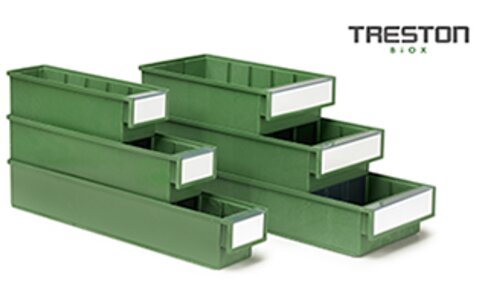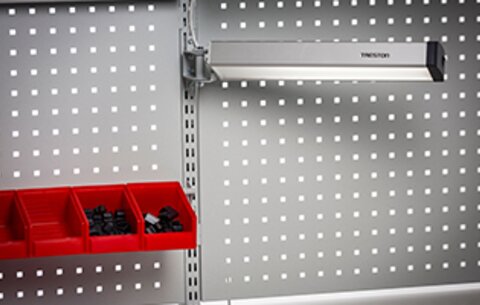

What is ESD? Watch a video!
ESD in a nutshell

We all have felt it, electrostatic discharge (= ESD) and have received, for example, an electric shock after walking on a carpet and then touching something. While we are moving and working, we continuously generate static electricity, which cannot be avoided. We are electrically charged virtually all the time. If we touch a conductive object while being electrically charged, the charge will be discharged into the object, creating an “electric shock”.
You can work on components without having any idea whether or not they have been damaged during the production process.
ESD related terms explained
|
ESD |
Electrostatic discharge. Occurs when two electrically-charged objects come together and a charge is discharged. Could result in visible or hidden damage to an electrical component. |
|
EPA |
ESD-protected area |
|
ESDS |
Electrostatic discharge sensitive. A component that needs ESD protection. |
|
CONDUCTIVE MATERIAL |
Conductor = material that permits the flow of electrical current in one or more directions. Metals are often conductive, e.g., copper and aluminum. |
|
INSULATING MATERIAL |
Insulator = material that does not conduct electricity. The insulator can be electrostatically charged. Insulators can be plastic or wood, for example. |
|
STANDARDS |
IEC 61340-5-1: ESD standard widely used in Europe and ANSI S20.20 in the Americas. Both standards have a great number of similarities. |
Watch the ESD workstation management video!
How strong ESD can cause damage to components?
In many cases, ESD damage occurs without us noticing it. Humans do not sense discharges weaker than 3000 volts; a discharge must be at least 5000 volts to be discernible as a spark. The most sensitive components, however, can be damaged at voltages as low as 30 volts, hard drive pickup heads at less than 5 volts only, which is very little.
Many commonly used components are susceptible to voltages of 100-200 volts. Hence, you can work on components without having any idea whether or not they have been damaged during the production process.

Noticing the ESD
|
Feeling the electrostatic discharge |
3500 V |
|
Hearing the electrostatic discharge |
4500 V |
|
Seeing the electrostatic discharge |
5000 V |
Commonly used components can be damaged by 100-200 volts and the most sophisticated ones by as little as 5-10 volts.


















